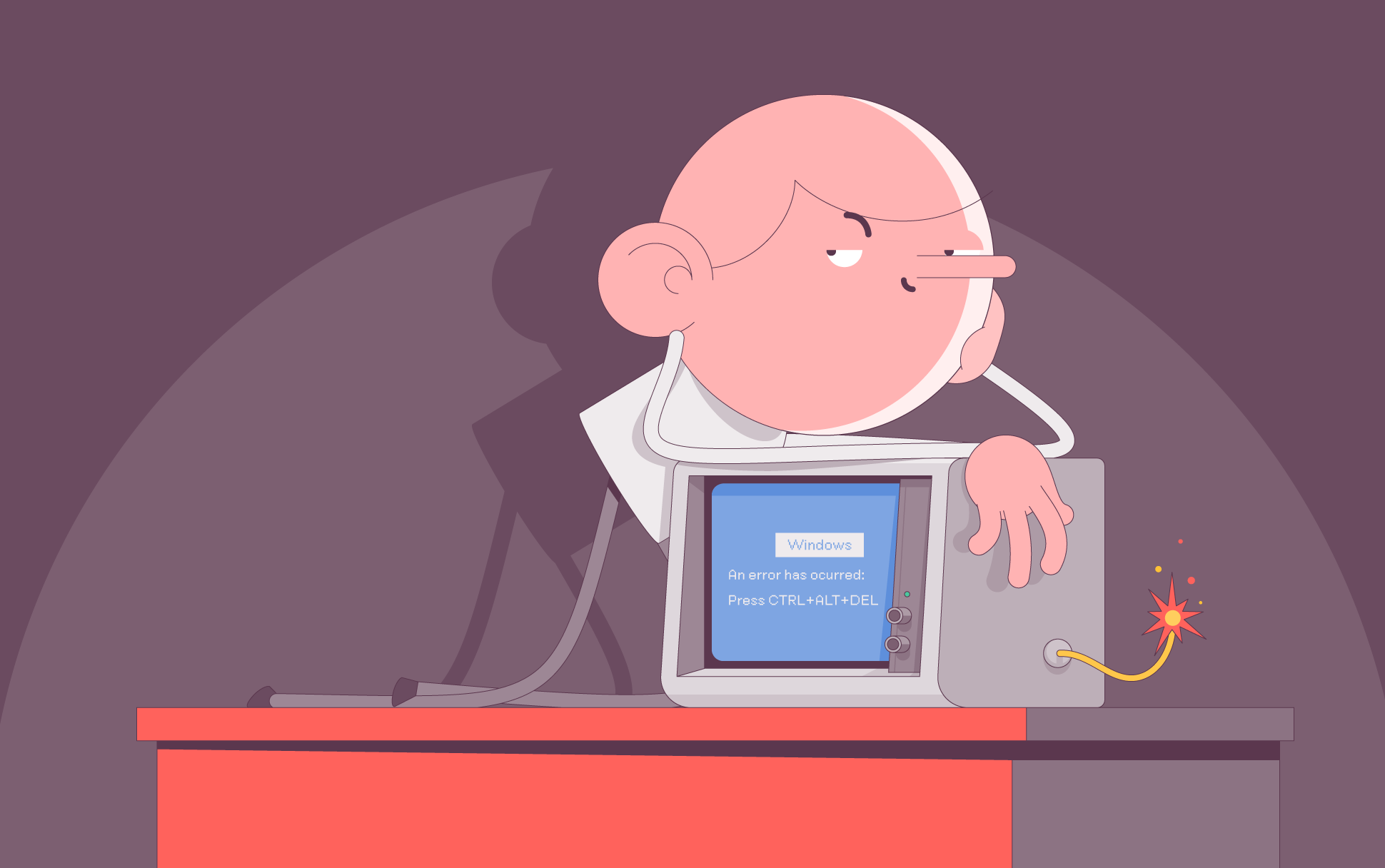
The world of online tech is defined by continual change, though some changes come slower than others. The latest change is set to impact a familiar sight for Windows users: The Blue Screen of Death (BSOD).
The BSOD has been in use for nearly 40 years in various iterations. The latest typically displays a bright blue screen with a sad face alongside a message like “Your PC ran into a problem and needs to restart”, an indication of what the problem is, and sometimes a QR code.
The new screen is more minimal in nature and a little easier on the eyes, with less text, smaller font, and not an emoji in sight. Microsoft expects to roll it out later in the summer on all Windows 11, version 24H2 devices.
Why the change?
The tech giant points to streamlining the unexpected restart experience, as well as productivity and minimizing business interruptions, as the main reasons for the change. In a recent blog post, it revealed:
“We are also adding quick machine recovery, a recovery mechanism for PCs that cannot restart successfully. This change is part of a larger continued effort to reduce disruption in the event of an unexpected restart.”
This new black screen aligns with an improvement of crash dump collection which, for most users, shortened downtime during an unexpected restart to about two seconds. David Weston, vice president of enterprise and OS security at Microsoft, clarified the company’s position further in an interview with The Verge:
“This is really an attempt on clarity and providing better information and allowing us and customers to really get to what the core of the issue is so we can fix it faster. Part of it just cleaner information on what exactly went wrong, where it’s Windows versus a component.”
The redesigned error screen comes after the CrowdStrike outage of 2024, when a faulty update from CrowdStrike caused widespread issues with Windows computers around the globe. It impacted entire industries, crashing millions of systems, disrupting businesses for days on end, and, of course, making them display the BSOD.
This was partially due to CrowdStrike having access to the Windows kernel, which is the operating system’s core that acts as a bridge between software and hardware. This allowed the faulty update to cause so much chaos.
To that end, Microsoft has also been implementing safeguards, such as testing a new antivirus monitoring software layer and encouraging cybersecurity vendors to build their software outside the kernel.

Cora is a digital copywriter for SSLs.com. Having eight years of experience in online content creation, she is a versatile writer with an interest in a wide variety of topics, ranging from technology to marketing.